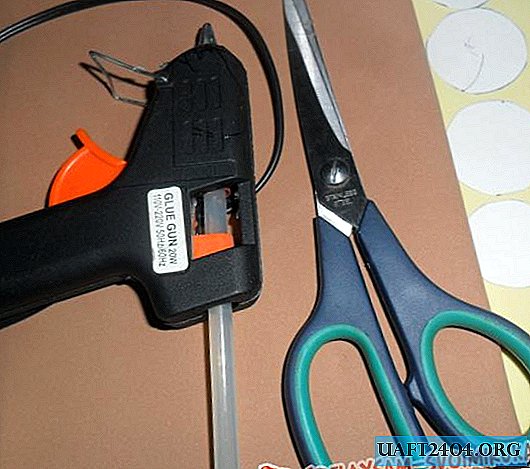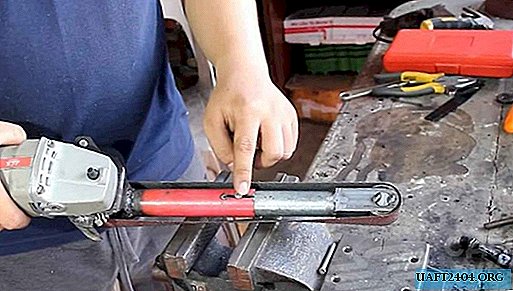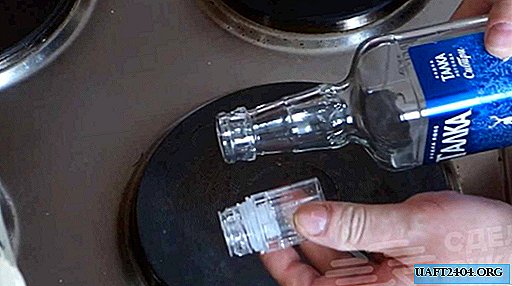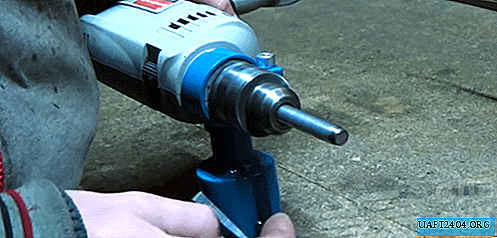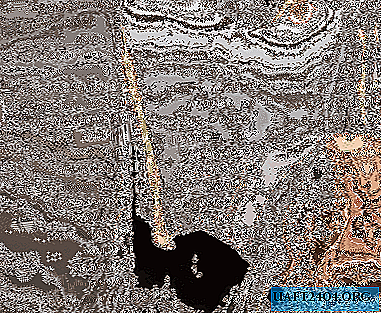
If you want to qualitatively insulate the floor in the bathroom or other rooms, then professionals recommend the use of extruded polystyrene foam, which does not leak moisture and has good thermal insulation properties. To achieve the maximum effect, it is advisable to combine polystyrene foam insulation with Heat-insulated floor systems.
Helpful information
There are several varieties of polystyrene foam, which differ in cost and technical characteristics:
- Styrofoam;
- extruded insulation;
- penoplex.
For screed it is best to give preference to extruded polystyrene foam and foam, as these materials are of excellent quality, good density and high resistance to various mechanical stresses.
Technological process
Before laying polystyrene foam sheets, it is necessary to free the floor from construction debris and level the surface. If there are significant differences, you can get rid of them by using wet sand instead of the “rough” solution - this will be cheaper. However, you can even the surface with a regular cement screed. On a concrete base, it is also recommended to additionally lay a waterproofing film.
Expanded polystyrene sheets are laid one at a time on a level and fixed to the concrete base using special dowels. If you use regular polystyrene, then wide gaps between the sheets should be avoided. In the case of extruded polystyrene foam and penoplex, a lock is provided on the edge, which allows you to get rid of the "cold bridges" and provides more reliable thermal insulation.

When the installation of expanded polystyrene sheets is completed, it is necessary to cut grooves for water pipes and other utilities, if they are provided for by your project. After this, an armature mesh is laid, which must be securely fixed to the base - this will prevent the sheets of expanded polystyrene from shifting under various loads. At the last stage, a finishing screed with a height of at least 50 mm is carried out. If you plan to use the "Warm floor" system, then the installation of heating elements is carried out after laying the reinforced mesh.

